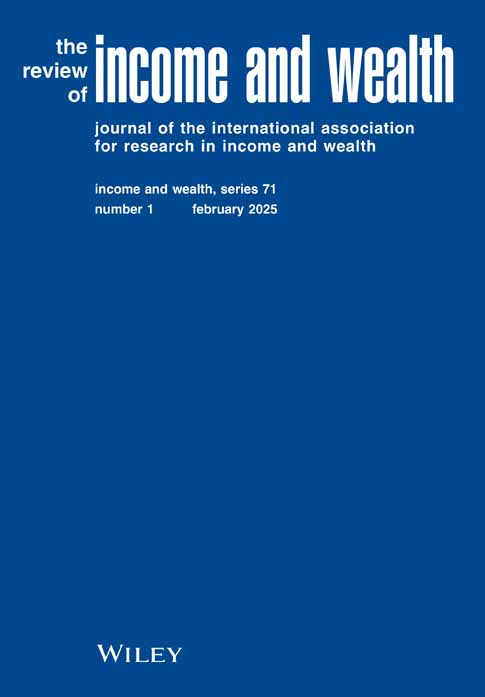CHASING THE TAIL: A GENERALIZED PARETO DISTRIBUTION APPROACH TO ESTIMATING WEALTH INEQUALITY
The author is grateful to the Stone Center at the CUNY Graduate Center for computer and organizational support. The author is also grateful to Pirmin Fessler, Bertrand Garbinti, Martin Schürz and Philip Vermeulen for helpful comments, as well as to an anonymous referee whose comments made for what is hoped to be a clearer argument. The author alone is responsible for any errors or oversights.
Abstract
Since the work reported in Vermeulen (Review of Income and Wealth, 64(2), 357–387; 2018), a literature has developed using the simple Pareto distribution along with “rich list” information to improve estimates of the upper tail of the wealth distribution measured in surveys. Because the construction of such external data is typically opaque and subject to error, it may be best not to depend exclusively on this approach. This paper develops an alternative approach, using the generalized Pareto distribution (GPD), extending an estimation strategy developed by Castillo and Hadi (Journal of the American Statistical Association, 92(440), 1609–1620; 1997) in a novel way to survey data. The extension allows for addressing imperfections in the effective coverage of the upper tail of the wealth distribution, as well as allowing the imposition of an external measure of aggregate wealth as a constraint. The paper implements the method on Austrian survey data that has weak coverage of wealthy households. The results indicate that even with a range of plausible adjustments for data imperfections, relying only on the survey data to project the upper tail is insufficient to yield implied wealth aggregates in the range implied by aggregate figures. Imposing the implied aggregate as a constraint is necessary. The approach may be particularly useful in comparing survey-based inequality measures across and within countries and over time, as well as in constructing distributional financial accounts.
CONFLICT OF INTEREST STATEMENT
The author received no funding for conducting this study and he has no financial or proprietary interests in any material discussed in this article.
Open Research
DATA AVAILABILITY STATEMENT
The data used in this article are available to qualified researchers from the European Central Bank.




